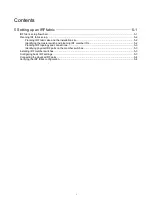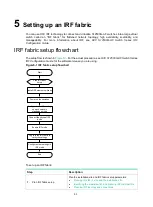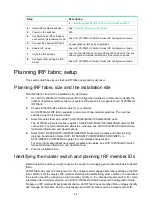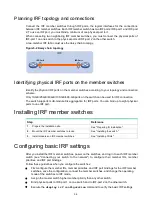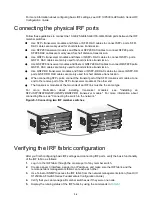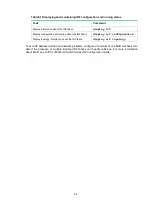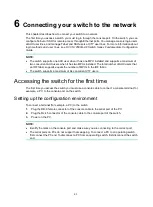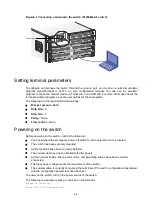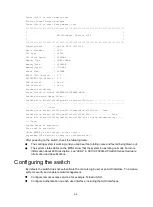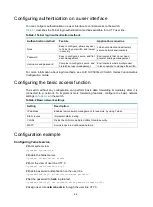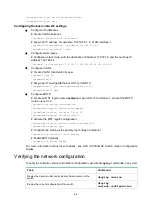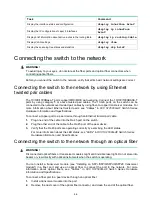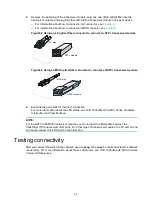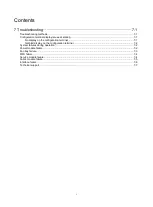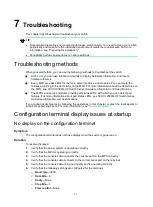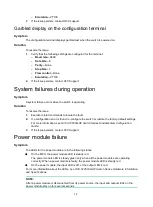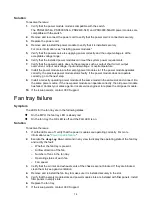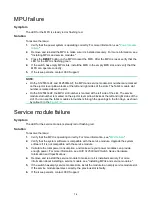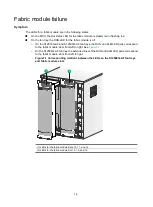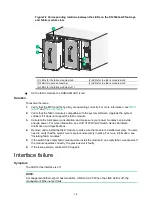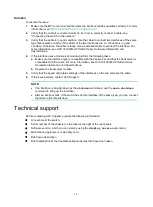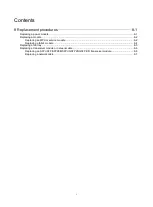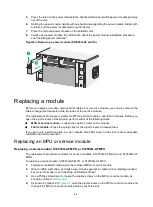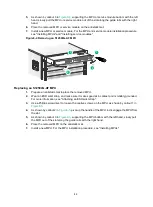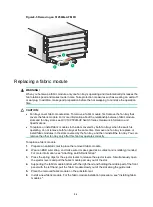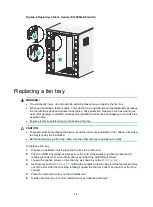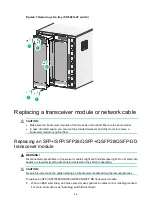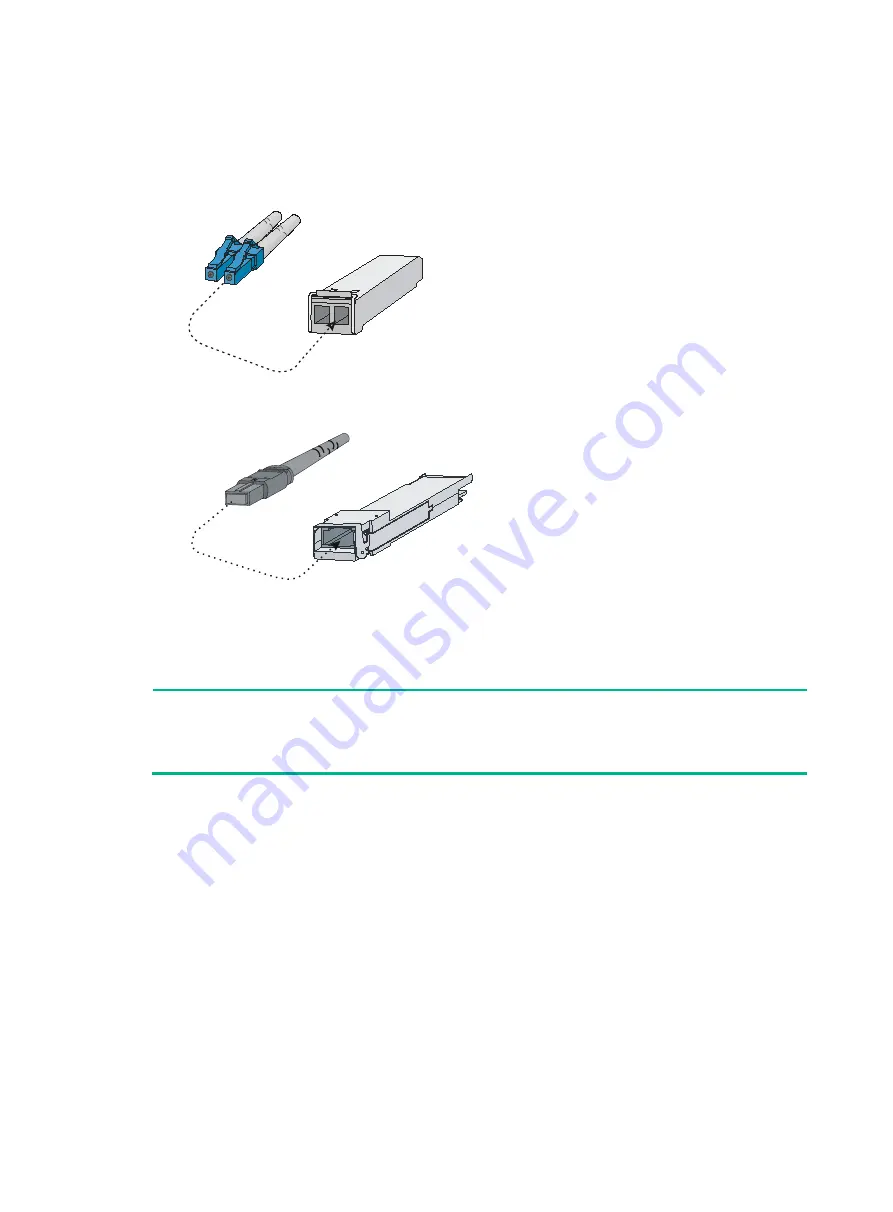
6-7
3.
Remove the dust plug of the transceiver module, plug one end of the optical fiber into the
transceiver module, and plug the other end into the transceiver module in the peer device.
For information about how to connect an LC connector, see
For information about how to connect an MPO connector, see
Figure6-2 Using an LC optical fiber connector to connect an SFP+ transceiver module
Figure6-3 Using an MPO optical fiber connector to connect a QSFP+ transceiver module
4.
Examine the port LEDs for incorrect connection.
For more information about the LED status, see
H3C S12500G-AF Switch Series Hardware
Information and Specifications
.
NOTE:
For the QSFP+/QSFP28 transceiver module, you do not need to differentiate between the
transmitter (TX) and receiver (RX) ports. For other types of transceiver modules, the TX port on one
end must connect to the RX port on the other end.
Testing connectivity
After you connect the switch to the network, use the
ping
or
tracert
command to test the network
connectivity. For more information about these commands, see
H3C S12500G-AF Switch Series
Command References
.
LC plug
SFP+ module
MPO plug
QSFP+ module
Summary of Contents for S12500G-AF Series
Page 32: ...3 15 Figure3 16 Connecting the grounding cable to a grounding strip 1 2 4 3 6 5 ...
Page 49: ...4 16 Figure4 16 Connecting an SFP DAC cable 1 Pull latch 2 Connector 1 2 ...
Page 92: ...A 12 FigureA 14 Example of a device label ...
Page 104: ...C 6 FigureC 5 Securing the chassis to the pallet base S12504G AF switch 1 1 2 2 1 ...


